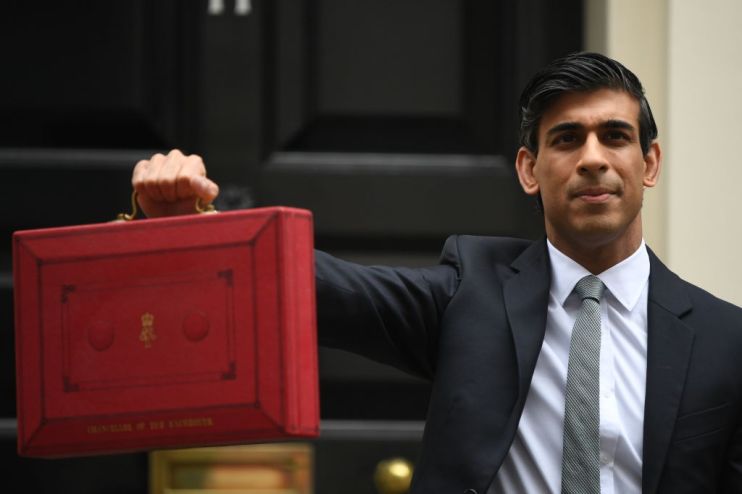The end of the furlough scheme must be the beginning of a renewed focus on London’s recovery

The furlough scheme has been a lifeline for London workers. At its peak, as many as one million Londoners were furloughed – from builders to bakers, coders to café owners (and many of my team at Centre for London). We all know someone who has depended on and can be grateful for the government’s support to see them through the worst of the pandemic. At a time of great crisis, this was precisely the support many needed from their government.
The winding up of the furlough scheme, which begins today, marks the start of a long journey of recovery and transition to a post-pandemic economy. The jury is out on how bumpy this road will be, but modelling by New Economics Foundation suggests that as many as 850,000 jobs could be put at risk of becoming redundant or see a reduction in hours as the scheme draws to a close.
Furlough could only ever be a temporary measure – the government doesn’t want to be propping up jobs that won’t survive the pandemic nor can the country pay for the scheme in perpetuity. But given this is about people’s jobs and the survival of businesses, ending it too soon and without targeted support for people working in the worst affected sectors and regions could cause huge damage that costs more in the long run.
The challenge for London is that the government has yet to fully acknowledge the impact of the pandemic on the city and its implications for the nation’s recovery. There is a dangerous assumption among some in Westminster and Whitehall that all is well in London and the city will just bounce back under its own steam. It has done before, so the argument goes, in the early 1990s recession and after 2009; London has a habit of innovating and adapting when it is most needed. But, while London’s population surged past nine million in the latest ONS projections published last week, the period between World War Two and the mid-1980s saw millions leave the city. It cannot be assumed London will also just grow.
But this optimism overlooks the fact that London has consistently had the highest number of staff on furlough out of any English region since July 2020. And although unemployment is down, London still has the highest unemployment rate of any region – nearly 40 per cent higher than the national average. Most concerningly, young people have been at the sharp end of this, accounting for half of all job losses, with young, black Londoners most affected.
A one size fits all policy for the country doesn’t work for everywhere and the unique needs of London will need tailored support – such as investment in skills and creating green jobs – to kickstart the economy and help working Londoners who may be facing hard times ahead.
The prime minister has pledged a ‘green recovery’ from coronavirus, and this is welcome. We need a comprehensive green jobs programme, and an upskilling scheme that enables everyone to transition to a climate friendly economy. But green jobs must also be good jobs, with career progression, workers’ rights, and fair pay. And as young Londoners have been hard hit by the pandemic, the government must enhance further education and bring funding closer to the higher education offer. This should include boosting teaching grants for subjects relevant to skills shortages and making learning more affordable by expanding the lifetime skills guarantee to higher-level courses.
Given how important it is within the UK, the government must see London’s recovery as central to whole country’s recovery. If London is slow to bounce back it will mean less money in the Treasury to spend on supporting communities, towns and cities outside the capital. If the government is serious about levelling up, then it must look to protect jobs in London and support Londoners into employment too.
